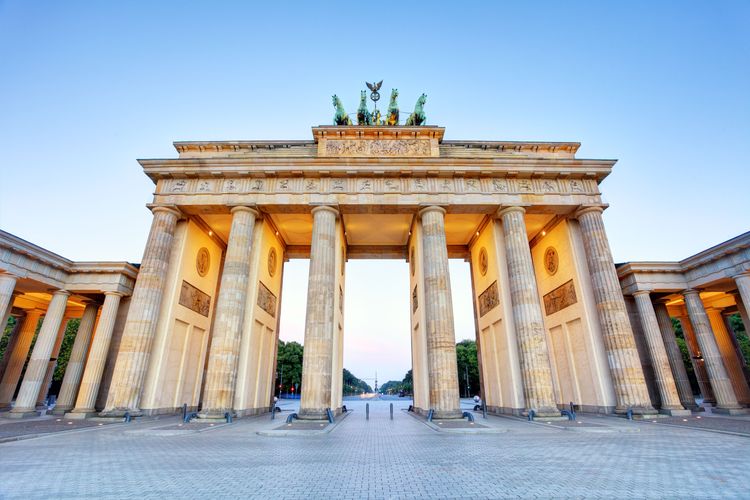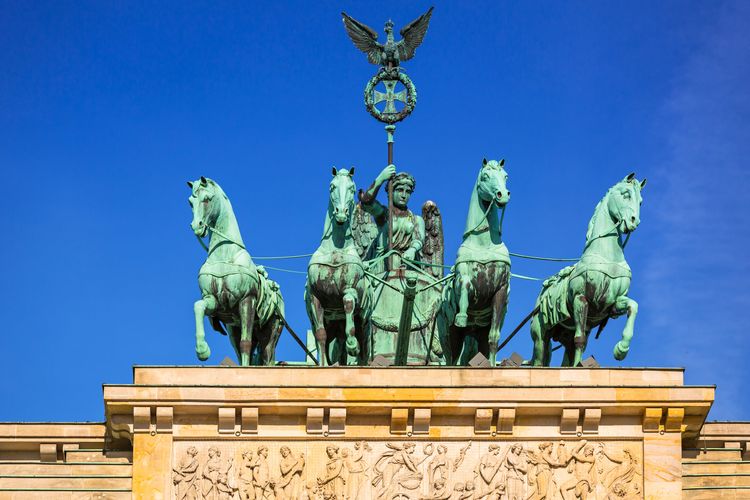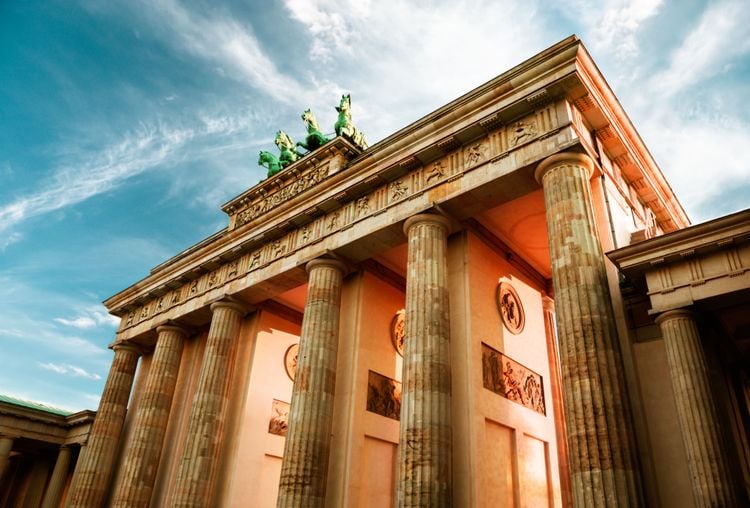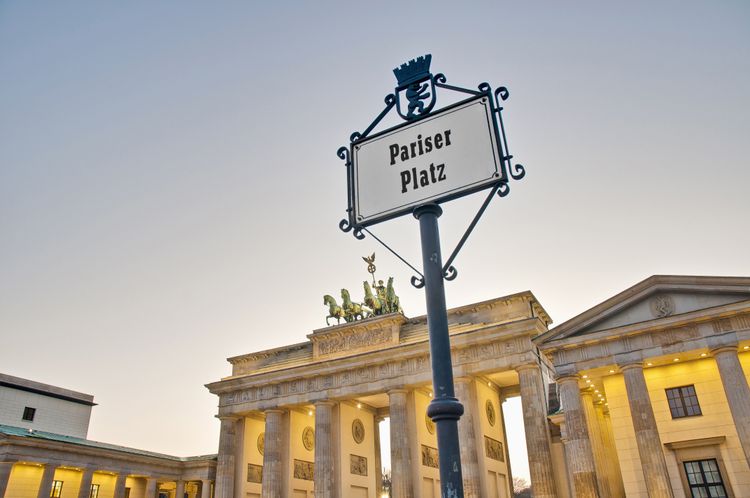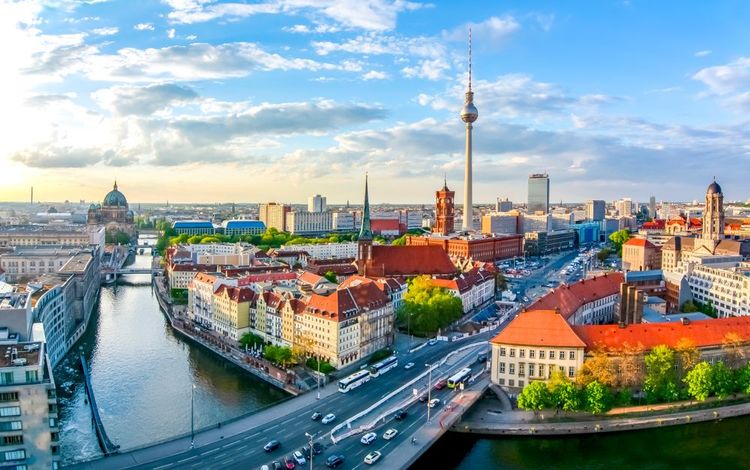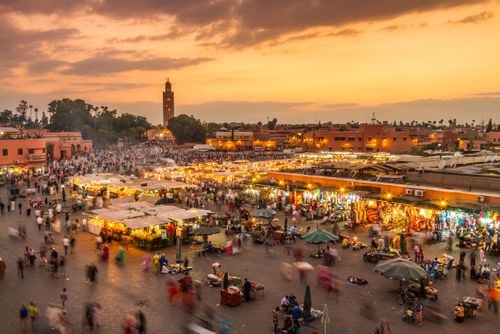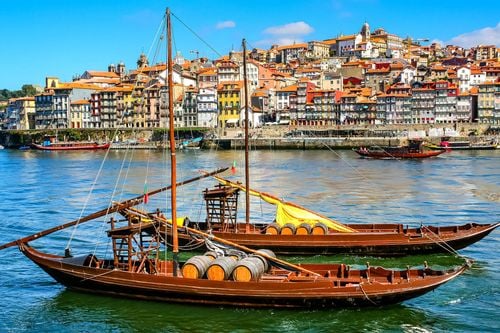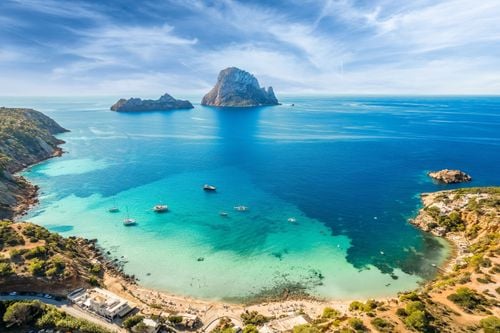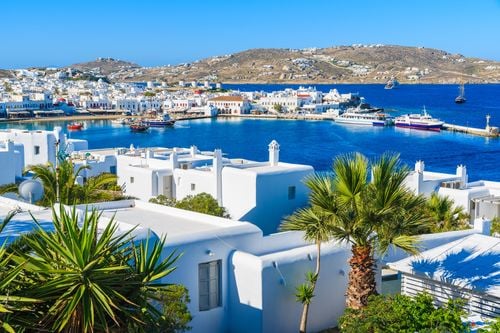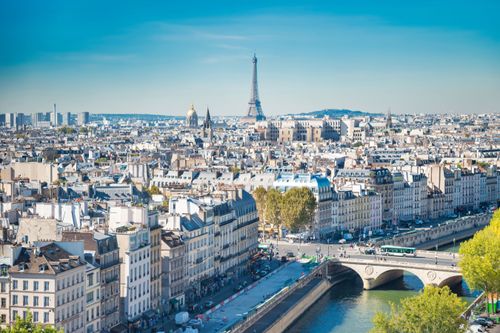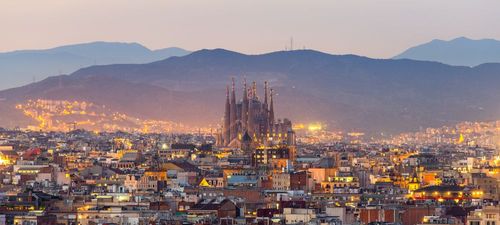Built between 1788 and 1791, the Brandenburg Gate marks Berlin's first introduction to Greek Revival architecture. In 1793, the statue of the Quadriga, designed by Johann Gottfried Schadow, was placed at the top of the gate. This statue has a unique history. In 1806, during the occupation of Berlin by Napoleon's forces, the French emperor transported the Quadriga to Paris as a prize of war and a symbolic representation of his triumph. After Napoleon's forced abdication in 1814, the Quadriga returned to Berlin, where it once again adorned the Brandenburg Gate, looking east towards the centre of the city. 1946 marked the beginning of a new phase for the Brandenburg Gate, as Germany and Berlin were divided after the Second World War. Located in the former Soviet sector, the gate was contained by the emergence of the Berlin Wall in 1961, placed in a no-go zone along the arch of the wall, making it inaccessible to residents and visitors alike. However, when the Berlin Wall collapsed, an exceptional gathering of 100,000 people was held on the doorstep of the Brandenburg Gate on 22 December 1989, marking its official reopening. Subsequently, hordes of partygoers flooded into the region to commemorate their first shared New Year's Eve in the once divided city. Today, more than any other of the city's landmarks, the Brandenburg Gate is the emblem of a reunited Berlin.
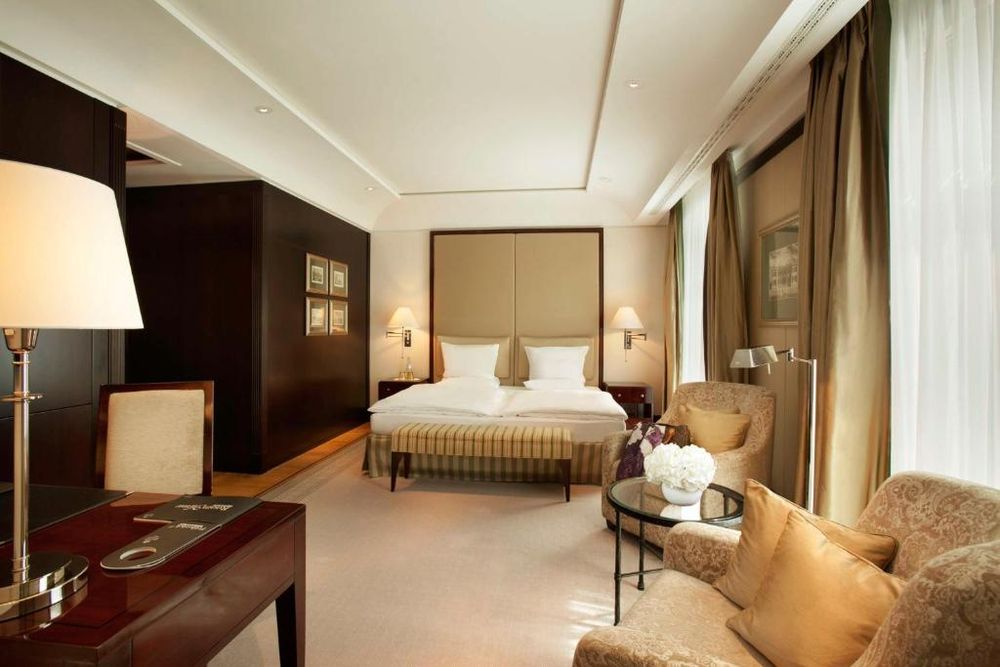 Berlin
Berlin
